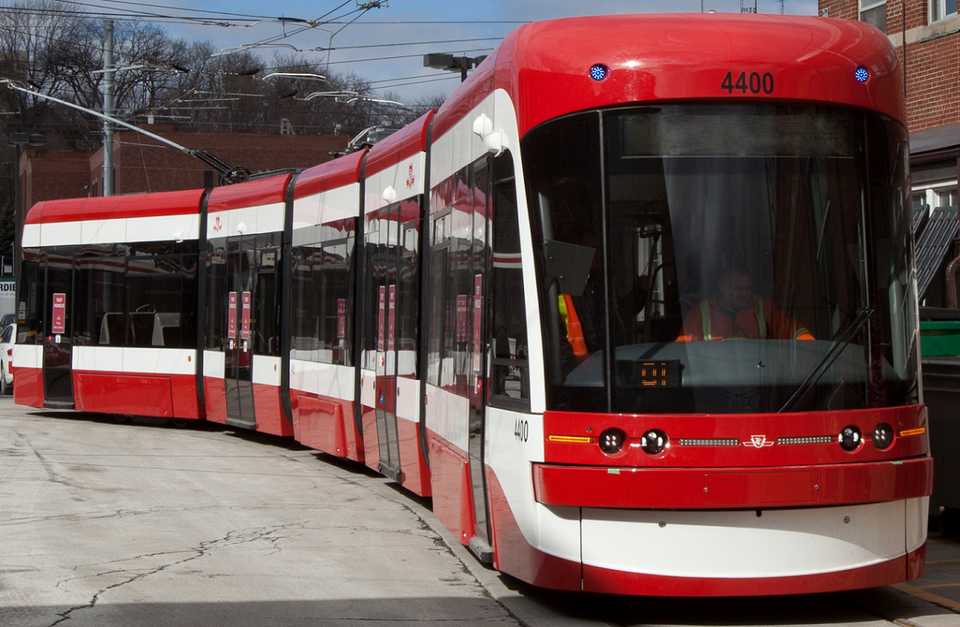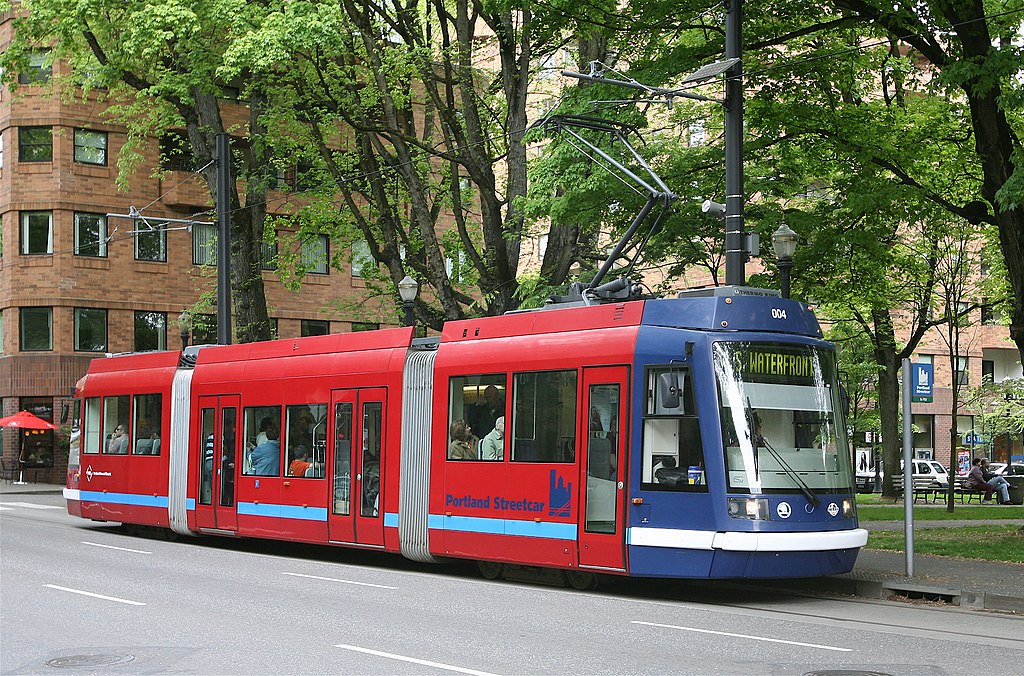Cheezy the Wiz
Socialist In A Hurry
I have not.
What does BART mean?
What does BART mean?
I have not.
What does BART mean?
I was going to use it to get to the airport in SF, but my friends told me that it's crap, that I should stay away, and that they would drive me themselves.
 Not BART, BRT. Bus Rapid Transit. My mistake.
Not BART, BRT. Bus Rapid Transit. My mistake.Good to see the streetcar making a comeback! My city doesn't have them yet, but.. we're still sort of living in the 80s.

Yeah, its an elevated rapid transit that follows the street-line, so it kind of mimics streetcars, especially with the stations in the loop.
The DC Metro freaking sucks.It isn't as nice as the DC metro (and less likely to make a good Fallout location) but it is better than nothing.
Light-rail is great. America needs more of it. Streetcars generally completely suck, unless they have their own dedicated lane. Otherwise, I suspect they are worse than no public transit at all.
The DC Metro freaking sucks.





It is better than no metro.The DC Metro freaking sucks.
Why would removing an entire lane of traffic not impact traffic flows?To be honest, though, on streets that have more than two lanes in any given direction (not counting parallel parking) a properly-executed tram route replacing one lane in each direction wouldn't have to cause hardly any changes in traffic flow.
Only because it hasn't been properly maintained since construction, so now we have significant delays to make up for that while they do said neglected repairs.
They have those trolleybuses in Russia, too. Very popular in St. Petersburg, for example. I still prefer the railed trolleys, though.

Bay Area Rapid Transit
It is a light-rail network.
Bay Area Rapid Transit. I was going to use it to get to the airport in SF, but my friends told me that it's crap, that I should stay away, and that they would drive me themselves.
Good OP, and good thread!Spoiler :Do you love streetcars? I love streetcars and light rail.
For European posters, these are American terms to describe what you call trams. Streetcars run only at street-level (or underground or elevated for portions), while light rail might run at street-level for a time but also at grade like normal rail, albeit with different style and size tracks than "heavy," or normal rail.
Washington D.C. is just one of many American cities with programs to reintroduce streetcars to urban life in the coming years. Washington has an ambitious 37-mile project to link its various neighborhoods and already-existent metrorail system (which is one of the best in the nation). Tuscon, Seattle, Norfolk, Salt Lake City, and Charlotte have also recently added light rail and streetcar lines, and existing systems in SF, Philadelphia, and Boston continue to expand and rehabilitate abandoned lines. Atlanta, Cincinnati, Detroit, Kansas City, and Dallas also have future streetcar plans.
I, for one, am extremely excited about this. It is high time for the return of mass transit as we attempt to combat the effects of global warming, the coming decline of petroleum reserves, and the unsustainable automobile-centered life we in the United States enjoy more than any other nation.
Why streetcars? There are a number of reasons. First, they are cheaper than either elevated or underground subway lines. Second, securing rights-of-way on public roads is much easier than securing it over private property (even if property were public, it would still be a pain to clear those rights of way either through existing buildings or property otherwise already in-use). Third, it provides easy pedestrian or bicycle access directly to building fronts without the wait of escalators, elevators, or climbing stairs. Fourth, and this one is rather subjective, it makes driving more of a pain, which can lessen traffic congestion in downtown areas through simply deterrence. Fifth, streetcars are fully compatible with pedestrian-only areas, something which many European cities have either put into effect or have future deadlines for doing so in their downtown areas in the coming decades, and is something which I hope American cities will follow in suit. And sixth, streetcars are powered by electric overhead wires, which reduces immediate-area pollution that other rapid transit systems like buses would still cause (net air pollution still being a function of the source of that electricity in the first place, in which case I would like to point out that these streetcars should in the future run on solar freaking roadways).
Light rail, whether on street-level or simply functioning as a rapid transit system, is another welcome development, considering the sad state of mass transit on this continent. In the long-term, the predominantly suburban life is not sustainable; the trend is already underway to create community centers* (as in, centers of communities, not the meeting halls we call "community centers") and urban environments within these suburban sprawls, but the problem of commuting into city centers or to other suburban workplaces remains. Light rail which extends outward from city centers to these suburbs, or between suburban centers themselves, will become increasingly necessary in coming years.
A lot of the old streetcars are still in use on the old routes that survived the automobile-industry-driven buyout of streetcar companies during the 1940s-60s, like Philadelphia and San Francisco. They're classy, but small. Here's what they look like:

The new ones are more like modern European trams: smaller, articulated, air-conditioned, and low to the ground for easy access:

Light rail comes in a variety of forms. I've ridden one of the older lines, the Baltimore Light Rail, many times, and it's little-different from a commuter rail line. But newer ones are basically longer, articulated trams not too different in design from the aforementioned new streetcars. Here's what the old ones look like:

I've been convinced of the idea of streetcar lines for a while, but I only observed/experienced them in practice this past summer in Budapest. I took some pictures (which I ought to put in the Everyday Photos thread too!), here's what they look like:
Spoiler :


They're amazing. They're cheap (I had a monthly pass, so I only paid the initial price when I arrived and just flashed it whenever challenged), extremely easy to find and use, and the network crisscrossing the city made life without a car extremely easy and convenient. They were heavily-used, which some people complain about but I've always seen as a good sign: it would be worse if they were always empty! They're quiet and far less of a disturbance than buses or cars, and they don't take up a ton of room on the street, either.
So, let's talk about streetcars! Americans, what do you think of this development? Are you as excited as I am? Do you have serious reservations about them or about light rail? What are your experiences with them? Do you have questions? Europeans, describe your laughter at the infancy of American mass transit. Is it cackling, rolling, or hyperventilating? Tell us about your trams in your towns or countries!
*While it's true that the main beneficiaries of the present trends are of course the affluent, and that particularly in gentrification situations in urban areas the losers are the poor, I think it goes without saying that I also see solutions to those issues...but politics isn't really a topic for this thread.



